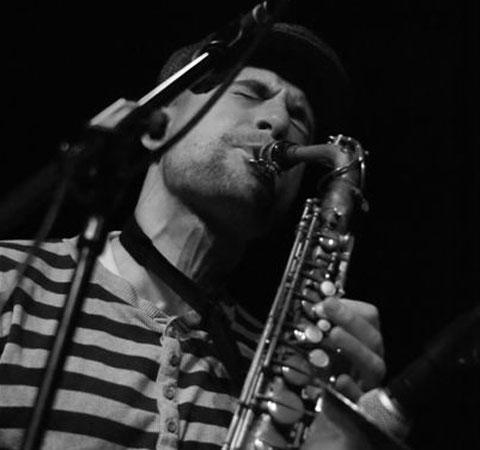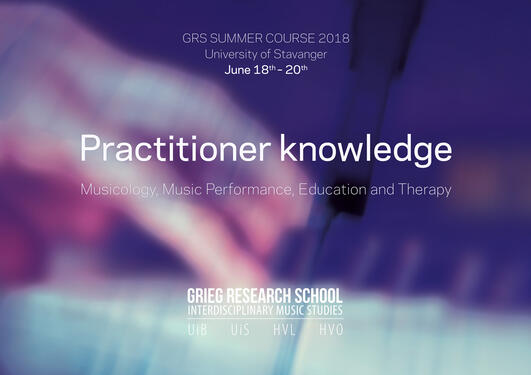Christophe de Bezenac
Perceptually-informed music-making and a musically-informed study of interacting minds: Aesthetic and bio-psychosocial conceptualisations.
Main content
In this presentation I will discuss my multi-disciplinary work on blurring the boundaries between self and other through music-making and how this reflects psychological processes in early development which are necessary for psychological well-being.
While distinguishing between the actions and physical boundaries of self and other (non-self) is usually straightforward there are contexts in which such differentiation is challenging. For example, self-other ambiguity may occur when actions of others are similar or complementary to those of the self. Even in the absence of such situational challenges, individuals experiencing hallucinations have difficulties with this distinction, often experiencing thoughts or actions of self as belonging to other agents.
We will explore the role of ambiguity in music (including my own) and aesthetic experience, more generally, and its links to self-other differentiation. A key proposal is that engagement in contexts that challenge distinctions between self and other allow reality-testing skills to be developed. Attunement in early caregiver-infant interactions is framed as inherently ambiguous with potential to impact on vulnerability to psychosis. But to what extent can early-acquired perceptual skills be developed in later life and what conditions are necessary to bring about such development? Using music-making as a case in point, I postulate that engagement in intricate joint-actions that blurs causal boundaries can contribute to the continued development of an adaptive sense of self and other essential to healthy social functioning.
This may explain the function and emergence of social behaviours/conventions across cultures related to the temporal arts. Increased insight into the role of ambiguity may enhance our understanding of mechanisms underlying ‘self-disorders’ such as schizophrenia and eventually extend the range of social and arts-based therapeutic possibilities.
Key Questions
- What is ambiguity and how do we response to it?
- What role does it play in music and aesthetic experience?
- How does a sense of self-other develop?
- Is it malleable, and under what conditions?
- How can music (and other temporal arts) contribute to maintaining mental health?
Recommended Reading
- Reed, E. S. (1996). The necessity of experience. Yale University Press.
- Rimmon-Kenan, S. (1977). The Concept of Ambiguity--the Example of James. University of Chicago Press.
- Stern, D. N. (1985). The interpersonal world of the infant: A view from psychoanalysis and developmental psychology. Karnac Books.
Biography
Christophe de Bézenac is a researcher in cognitive neuroscience at the University of Liverpool with a particular interest in the dynamics of social interaction in mental health and illness. His PhD research examined the neural correlates of ambiguity in self-other agency in relation to hallucination proneness using fMRI. Following previous studies at the Conservatoire de Strasbourg, ethnomusicological research in Indonesia, and a first PhD in music, he is a cultural fellow at the University of Leeds (conducting and facilitating arts-science collaboration) and has lectured in performance and composition at a number of higher education institutions whilst actively involved in the European jazz and digital art scenes.

